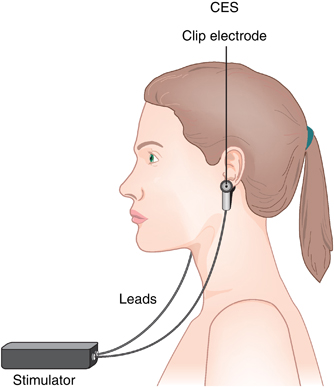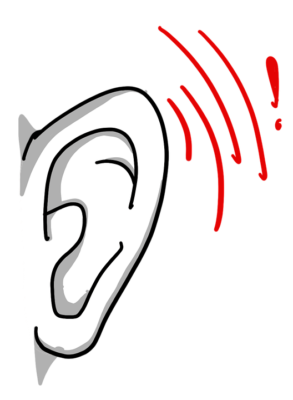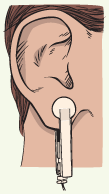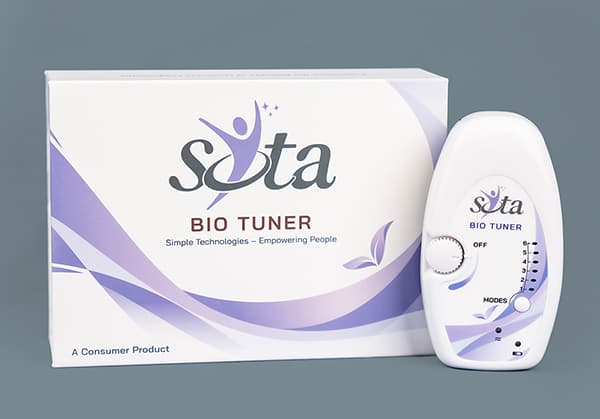CES for drug and alcohol rehabilitation


CES helps a person get through the psychologically and physically demanding period of withdrawal
It does this by reducing the common withdrawal symptoms of extreme anxiety, depression, and insomnia, regardless of the involved substance. CES has been studied with people recovering from addictions to alcohol, heroin, cocaine, marijuana, morphine and barbiturates. CES studies have found that recovering addicts have:
- Reduced anxiety, hostility, depression and confusion;
- Improved planning, self esteem, assertiveness, decision-making skills, expression of feelings, energy levels, IQ and capacity for intimate contact;
These beneficial effects bring a 50% reduction in recidivism for substance abusers (over two years of study). It seems that when a person turns to drugs, the brain gives up making its own pain-killers (endorphins), but putting a weak electromagnetic signal into the body, especially the head area, stimulates the brain into producing endorphins again. Amazingly, the craving for the drug disappears in 3 to 10 days and without withdrawal symptoms. One drug that can not be kicked so quickly is tobacco, considered by many to be man’s most addictive vice.
Effectiveness of using CES was established by a Chinese acupuncturist, Dr. Wen, in Hong Kong in the 1970s. By using CES on hundreds of patients at a clinic, most of whom were on drugs of one kind or another, alcohol, nicotine, heroin, etc, consciously or unconsciously trying to relieve stress, Dr. Wen helped them “kick” their drug habits.




















